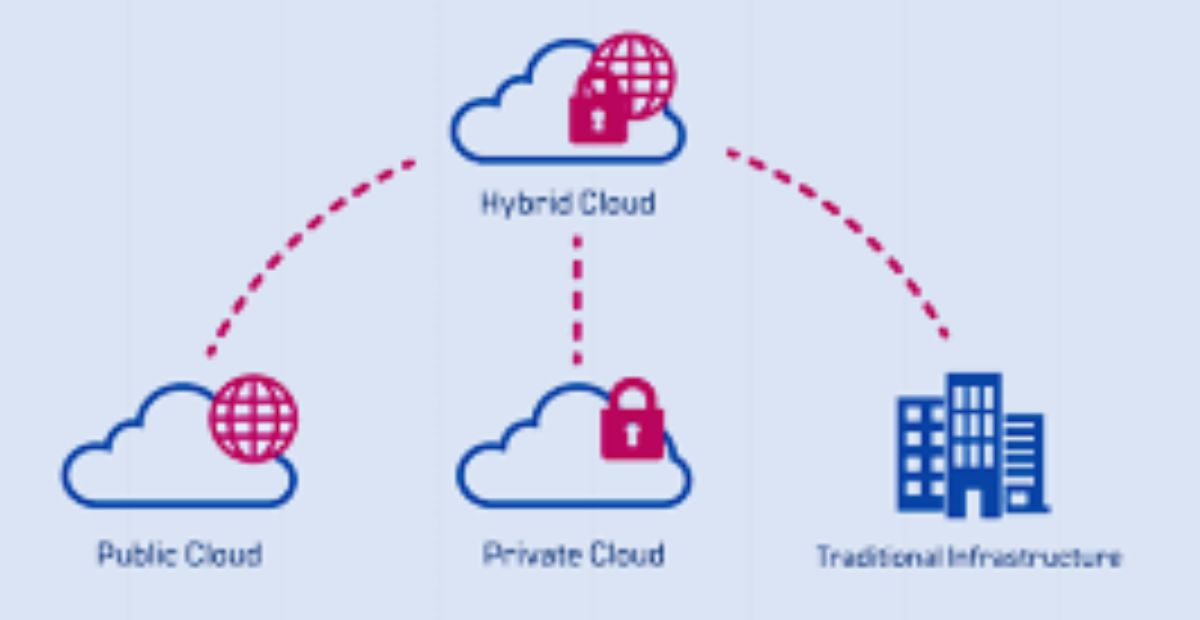In today’s digital era, cloud computing has become the backbone of modern IT infrastructure. As businesses transition from traditional on-premises systems to cloud-based solutions, they are faced with choosing the right deployment model. The three primary types of cloud environments—public, private, and hybrid—offer distinct features, benefits, and trade-offs. Understanding their differences is essential for making informed decisions about cloud strategy and architecture.
What is Public Cloud?
The public cloud is a computing model where services such as servers, storage, and networking are delivered over the internet by third-party providers like Amazon Web Services (AWS), Microsoft Azure, or Google Cloud Platform (GCP). These services are shared across multiple organizations, also known as a multi-tenant environment.
Key Features:
- Scalability: Resources can be scaled up or down on demand.
- Cost-Effective: Pay-as-you-go pricing eliminates the need for large capital expenditures.
- Maintenance-Free: Cloud providers handle updates, patches, and hardware maintenance.
- Accessibility: Services are available from anywhere with internet access.
Use Cases:
Startups, small businesses, and companies with variable workloads often prefer public clouds due to their affordability and ease of use.
What is Private Cloud?
A private cloud is a cloud computing environment exclusively used by a single organization. It can be hosted either on-premises or by a third-party provider, but the infrastructure is dedicated to one entity.
Key Features:
- Enhanced Security: Greater control over data, compliance, and privacy.
- Customization: Tailored infrastructure and software to meet specific needs.
- Isolation: No resource sharing with other organizations.
Use Cases:
Industries like finance, healthcare, and government that require strict compliance, data sovereignty, or specialized configurations often choose private clouds.
What is Hybrid Cloud?
A hybrid cloud combines elements of both public and private clouds, allowing data and applications to be shared between them. This model provides flexibility by enabling workloads to move between environments as needed for optimal performance and cost-efficiency.
Key Features:
- Flexibility: Workloads can shift dynamically between public and private environments.
- Optimized Performance: Sensitive data can remain on private servers while less critical tasks run on public infrastructure.
- Cost Management: Balance between capital and operational expenditures.
Use Cases:
Enterprises with legacy systems, fluctuating workloads, or regulatory requirements often benefit from hybrid cloud strategies.
Comparing the Cloud Models
| Feature | Public Cloud | Private Cloud | Hybrid Cloud |
|---|---|---|---|
| Cost | Low initial cost, pay-per-use | High setup cost, predictable | Variable, depends on use and architecture |
| Security | Standard security controls | High, customizable security | Mixed, depends on integration strategy |
| Scalability | High and dynamic | Limited by hardware | Flexible and scalable |
| Control | Less control | Full control | Partial control |
| Compliance | May not meet all regulations | Ideal for regulatory needs | Can be tailored to meet compliance |
| Maintenance | Managed by provider | Managed by organization | Shared responsibility |
Which One Should You Choose?
The right cloud deployment model depends on your organization’s needs:
- Choose Public Cloud if you need quick deployment, lower costs, and don’t handle highly sensitive data.
- Choose Private Cloud if you require high security, regulatory compliance, or operate in a highly specialized field.
- Choose Hybrid Cloud if you want the best of both worlds—security for sensitive operations and scalability for non-sensitive workloads.
Final Thoughts
As cloud technology continues to evolve, businesses are not limited to a one-size-fits-all approach. Understanding the differences between public, private, and hybrid cloud environments is crucial to building a resilient, secure, and cost-efficient IT ecosystem. Each model serves a unique purpose, and the best choice often lies in aligning your cloud strategy with your business goals, compliance needs, and budget.
